Home>Gardening & Outdoor>Landscaping Ideas>How To Get Rid Of Mowed Grass
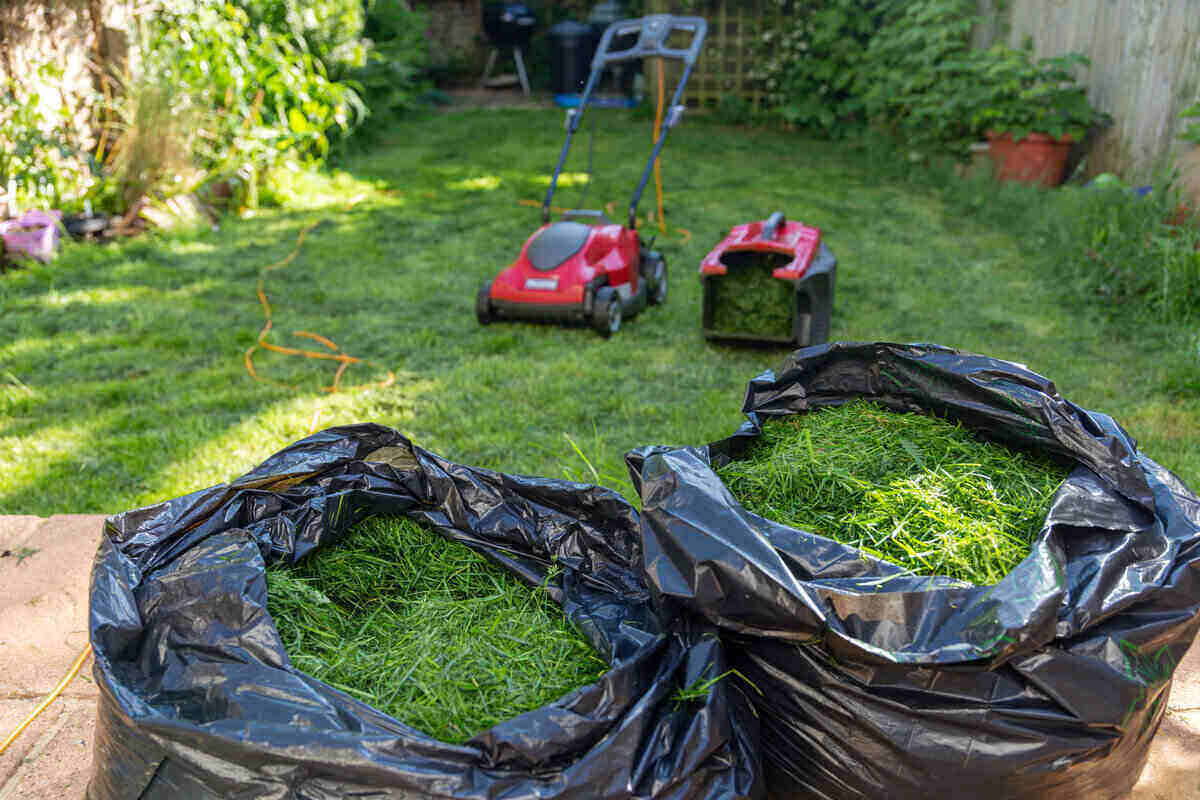

Landscaping Ideas
How To Get Rid Of Mowed Grass
Modified: February 18, 2024
Learn effective landscaping ideas for removing mowed grass and keeping your lawn looking pristine. Discover expert tips and techniques for a well-maintained outdoor space.
(Many of the links in this article redirect to a specific reviewed product. Your purchase of these products through affiliate links helps to generate commission for Storables.com, at no extra cost. Learn more)
Introduction
Mowing the lawn is a quintessential aspect of maintaining a vibrant and healthy garden. The process not only keeps the grass at an optimal height but also promotes new growth, ensuring a lush and well-manicured lawn. However, the aftermath of mowing, particularly the accumulation of grass clippings, poses a common predicament for many homeowners. Disposing of mowed grass in an eco-friendly and effective manner is crucial for the overall health and aesthetics of the lawn. In this comprehensive guide, we will delve into the importance of properly handling mowed grass and explore various methods for its efficient disposal. Whether you are a seasoned gardening enthusiast or a novice homeowner looking to elevate your lawn care practices, this article will equip you with valuable insights on how to effectively manage mowed grass, ensuring a flourishing and visually appealing outdoor space.
Key Takeaways:
- Properly managing mowed grass is crucial for a healthy lawn. Methods like composting and mulching not only enhance the garden but also reduce waste, promoting a sustainable and vibrant outdoor space.
- Raking and bagging, composting, mulching, and grasscycling are effective ways to get rid of mowed grass. These methods help maintain a pristine lawn while supporting eco-friendly practices and sustainable waste management.
Why is it important to get rid of mowed grass?
While the sight of freshly mowed grass can be visually gratifying, the residual clippings left behind can have significant implications for the overall health and appearance of the lawn. Understanding the importance of effectively managing mowed grass is pivotal for fostering a thriving outdoor environment. Here are several compelling reasons why proper disposal of mowed grass is essential:
- Promotes Air Circulation and Nutrient Absorption: Excessive accumulation of grass clippings can impede air circulation and hinder the absorption of essential nutrients by the soil. This can lead to the development of thatch, a dense layer of organic matter that restricts the flow of water, air, and nutrients to the grassroots.
- Prevents Lawn Discoloration: When left unattended, mowed grass clippings can form unsightly clumps on the surface, obstructing sunlight and causing discoloration of the underlying grass. This can detract from the overall aesthetic appeal of the lawn.
- Minimizes Pest and Disease Risks: Excessive thatch accumulation resulting from neglected grass clippings can create a conducive environment for pests and diseases, compromising the health and resilience of the lawn. Proper disposal of mowed grass helps mitigate these risks, fostering a robust and disease-resistant turf.
- Enhances Aesthetic Appeal: A well-maintained lawn exudes charm and elegance, elevating the visual appeal of the outdoor space. By promptly removing mowed grass, homeowners can ensure a pristine and manicured appearance that enhances the overall ambiance of the garden.
- Facilitates Effective Lawn Maintenance: Regular removal of grass clippings streamlines subsequent lawn care activities such as fertilization, aeration, and overseeding. This enables these maintenance practices to yield optimal results, contributing to the long-term health and vibrancy of the lawn.
By recognizing the significance of proper mowed grass disposal, homeowners can proactively preserve the vitality and allure of their lawns while fostering an environment conducive to healthy grass growth. In the subsequent sections, we will explore various methods for effectively getting rid of mowed grass, empowering individuals to make informed choices that align with their unique lawn care preferences and environmental values.
Methods for getting rid of mowed grass
When it comes to disposing of mowed grass, several environmentally conscious methods are available, each offering unique benefits for lawn health and sustainability. By exploring these approaches, homeowners can select the most suitable method that aligns with their preferences, environmental considerations, and the specific needs of their lawn. Let’s delve into the following methods for effectively managing mowed grass:
- Raking and Bagging: Traditional yet effective, raking and bagging grass clippings involves manually collecting the mowed grass with a rake and depositing it into biodegradable lawn bags. This method is ideal for smaller lawns and facilitates the removal of clippings to prevent thatch accumulation. The collected grass can then be disposed of in a green waste bin or utilized for composting.
- Composting: Transforming mowed grass into nutrient-rich compost presents an eco-friendly solution that benefits both the environment and the garden. Grass clippings, when combined with other organic matter such as kitchen scraps and yard waste, undergo decomposition to produce nutrient-dense compost, which can be utilized to enrich the soil and nourish plants. Composting also reduces the volume of waste sent to landfills, contributing to sustainable waste management.
- Mulching: Utilizing a mulching mower or attachment enables the finely chopped grass clippings to be redistributed back onto the lawn. As the clippings decompose, they release valuable nutrients into the soil, fostering healthy grass growth. Mulching also aids in moisture retention and weed suppression, promoting overall lawn vitality while minimizing the need for external fertilizers.
- Grasscycling: Embracing the concept of “grasscycling” involves leaving the grass clippings on the lawn after mowing, allowing them to naturally decompose and return nutrients to the soil. This approach not only eliminates the need for bagging and disposal but also enhances soil fertility, reduces water consumption, and promotes a sustainable lawn care regimen.
Each of these methods offers distinct advantages, empowering homeowners to make informed decisions tailored to their lawn care objectives and environmental consciousness. By incorporating these practices into their lawn maintenance routine, individuals can contribute to the health of their garden while embracing sustainable and eco-friendly approaches to mowed grass disposal.
Raking and Bagging
Raking and bagging grass clippings is a traditional yet effective method for promptly removing mowed grass from the lawn, preventing thatch buildup and promoting a tidy outdoor space. This approach, while requiring manual effort, offers several benefits for lawn health and aesthetics.
When employing the raking and bagging technique, it is advisable to utilize a sturdy rake with flexible tines to efficiently collect the grass clippings. By methodically raking the lawn, homeowners can gather the clippings into manageable piles, facilitating their subsequent collection and disposal. It is important to ensure that the grass clippings are relatively dry to prevent excessive weight and moisture accumulation in the bags.
Biodegradable lawn bags serve as an eco-friendly receptacle for the collected grass clippings, allowing for convenient disposal while minimizing environmental impact. These bags can be filled with the mowed grass and securely sealed for transportation to designated green waste bins or composting areas. It is essential to verify local regulations and waste management guidelines to determine the appropriate disposal methods for grass clippings, ensuring compliance with environmental standards.
By promptly raking and bagging grass clippings after mowing, homeowners can effectively mitigate thatch accumulation and maintain a pristine lawn appearance. This method is particularly suitable for smaller lawns where manual collection is feasible and contributes to a well-groomed outdoor environment.
Furthermore, the collected grass clippings can be repurposed for composting, thereby transforming them into a valuable resource for enriching the soil and nourishing plants. This sustainable approach aligns with eco-friendly practices and supports a circular waste management system, minimizing the volume of organic waste destined for landfills.
Ultimately, raking and bagging grass clippings exemplify a proactive and conscientious approach to mowed grass disposal, allowing homeowners to uphold the health and aesthetics of their lawn while embracing environmentally responsible practices.
Consider composting your mowed grass to create nutrient-rich soil for your garden. Alternatively, you can use the grass clippings as mulch to help retain moisture and suppress weeds in your garden beds.
Composting
Composting presents a sustainable and eco-friendly solution for managing mowed grass, transforming it into nutrient-rich compost that benefits both the environment and the garden. By incorporating grass clippings into the composting process, homeowners can harness their organic potential to enrich the soil and foster healthy plant growth.
When integrating grass clippings into a composting system, it is essential to balance the carbon-to-nitrogen ratio to facilitate efficient decomposition. Grass clippings, categorized as a high-nitrogen “green” component, should be combined with carbon-rich “brown” materials such as dry leaves, shredded paper, or wood chips. This balanced blend creates an optimal environment for microbial activity, accelerating the breakdown of organic matter into valuable compost.
Layering grass clippings with other organic waste within a compost bin or heap initiates the decomposition process, yielding nutrient-dense compost over time. Regular aeration and moisture management are integral to sustaining the composting process, ensuring optimal conditions for microbial activity and organic breakdown.
Once the composting process is complete, the resulting compost can be incorporated into the garden soil, enriching it with essential nutrients and fostering a fertile environment for plant growth. The nutrient-rich compost derived from grass clippings contributes to soil structure improvement, moisture retention, and enhanced microbial activity, culminating in a vibrant and resilient garden ecosystem.
Moreover, composting grass clippings reduces the volume of organic waste destined for landfills, aligning with sustainable waste management practices and minimizing environmental impact. By diverting grass clippings from conventional waste disposal routes, homeowners actively contribute to the reduction of greenhouse gas emissions associated with organic waste decomposition in landfills.
Embracing composting as a method for managing mowed grass exemplifies a proactive and environmentally conscious approach to sustainable gardening. By harnessing the inherent value of grass clippings and integrating them into the composting cycle, homeowners can foster a thriving garden ecosystem while minimizing their ecological footprint.
Read more: How To Get Rid Of Grasshoppers
Mulching
Mulching, a practice that involves redistributing finely chopped grass clippings back onto the lawn, offers a sustainable and beneficial approach to managing mowed grass. This method not only minimizes waste but also contributes to the overall health and vitality of the lawn, fostering a lush and resilient outdoor environment.
Utilizing a mulching mower or a compatible attachment enables the grass clippings to be finely chopped and evenly dispersed across the lawn during the mowing process. As the clippings decompose, they release essential nutrients back into the soil, enriching it and promoting healthy grass growth. This natural fertilization process reduces the reliance on external fertilizers, contributing to a more sustainable and cost-effective lawn care regimen.
In addition to nourishing the soil, mulching aids in moisture retention, promoting optimal hydration for the grass roots and minimizing water loss through evaporation. The presence of mulched grass clippings also serves as a protective layer, shielding the soil from excessive heat and aiding in weed suppression, thereby fostering a conducive environment for robust grass growth.
By embracing mulching as a method for managing mowed grass, homeowners can streamline their lawn maintenance practices while contributing to sustainable gardening. The integration of grass clippings into the lawn ecosystem not only enhances its fertility and resilience but also reduces the volume of organic waste requiring disposal, aligning with environmentally responsible waste management practices.
Furthermore, the mulching process supports the principles of circularity and resource efficiency by repurposing grass clippings as a valuable organic amendment for the lawn. This approach exemplifies a holistic and environmentally conscious strategy that benefits both the garden and the broader ecosystem, underscoring the inherent value of sustainable lawn care practices.
Grasscycling
Grasscycling, an environmentally conscious lawn care practice, involves leaving grass clippings on the lawn after mowing, allowing them to naturally decompose and return valuable nutrients to the soil. This sustainable approach not only simplifies mowing and waste management but also promotes the health and vitality of the lawn, contributing to a thriving outdoor environment.
By adopting grasscycling as a method for managing mowed grass, homeowners can harness the inherent nutritional value of grass clippings, effectively recycling them within the lawn ecosystem. As the clippings decompose, they release essential nutrients back into the soil, enriching it and fostering healthy grass growth. This natural fertilization process reduces the need for external fertilizers, aligning with sustainable and eco-friendly lawn care practices.
Furthermore, grasscycling aids in moisture retention, promoting optimal hydration for the grass roots and minimizing water loss through evaporation. The presence of grass clippings on the lawn also serves as a protective layer, shielding the soil from excessive heat and aiding in weed suppression, thereby fostering a conducive environment for robust grass growth.
Embracing grasscycling as a method for managing mowed grass not only streamlines lawn maintenance practices but also minimizes the volume of organic waste requiring disposal. By allowing the grass clippings to decompose naturally within the lawn, homeowners actively contribute to sustainable waste management while nurturing a vibrant and resilient outdoor space.
Moreover, the integration of grass clippings into the lawn ecosystem supports the principles of circularity and resource efficiency, exemplifying a holistic and environmentally conscious strategy. Grasscycling underscores the inherent value of sustainable lawn care practices, empowering homeowners to cultivate a thriving garden while minimizing their ecological footprint.
Conclusion
Effective management of mowed grass is integral to maintaining a healthy and visually appealing lawn. By understanding the importance of proper mowed grass disposal and exploring various methods for its efficient removal, homeowners can cultivate a thriving outdoor environment while embracing sustainable gardening practices.
From traditional approaches such as raking and bagging to eco-friendly methods like composting, mulching, and grasscycling, there are diverse strategies available to suit individual preferences and environmental considerations. Each method offers unique benefits, empowering homeowners to make informed decisions that align with their lawn care objectives and ecological values.
By promptly removing grass clippings, whether through manual collection, composting, or natural decomposition, homeowners can prevent thatch accumulation, promote nutrient absorption, and enhance the overall aesthetic appeal of the lawn. These proactive measures also contribute to pest and disease prevention, facilitating effective lawn maintenance and fostering a robust and resilient outdoor space.
Furthermore, the integration of mowed grass into sustainable waste management practices supports environmental conservation and resource efficiency. Whether repurposing grass clippings for composting or allowing them to naturally decompose on the lawn, homeowners actively contribute to minimizing organic waste and reducing their ecological footprint.
Ultimately, by embracing eco-friendly methods for managing mowed grass, individuals can cultivate a vibrant and sustainable outdoor environment while upholding the principles of environmental stewardship. The conscientious disposal of grass clippings not only nurtures a healthy and thriving lawn but also reflects a commitment to sustainable and responsible lawn care practices.
By implementing these methods and understanding the significance of proper mowed grass disposal, homeowners can elevate their lawn care routines, fostering a lush, vibrant, and visually captivating outdoor space for enjoyment and relaxation.
Frequently Asked Questions about How To Get Rid Of Mowed Grass
Was this page helpful?
At Storables.com, we guarantee accurate and reliable information. Our content, validated by Expert Board Contributors, is crafted following stringent Editorial Policies. We're committed to providing you with well-researched, expert-backed insights for all your informational needs.








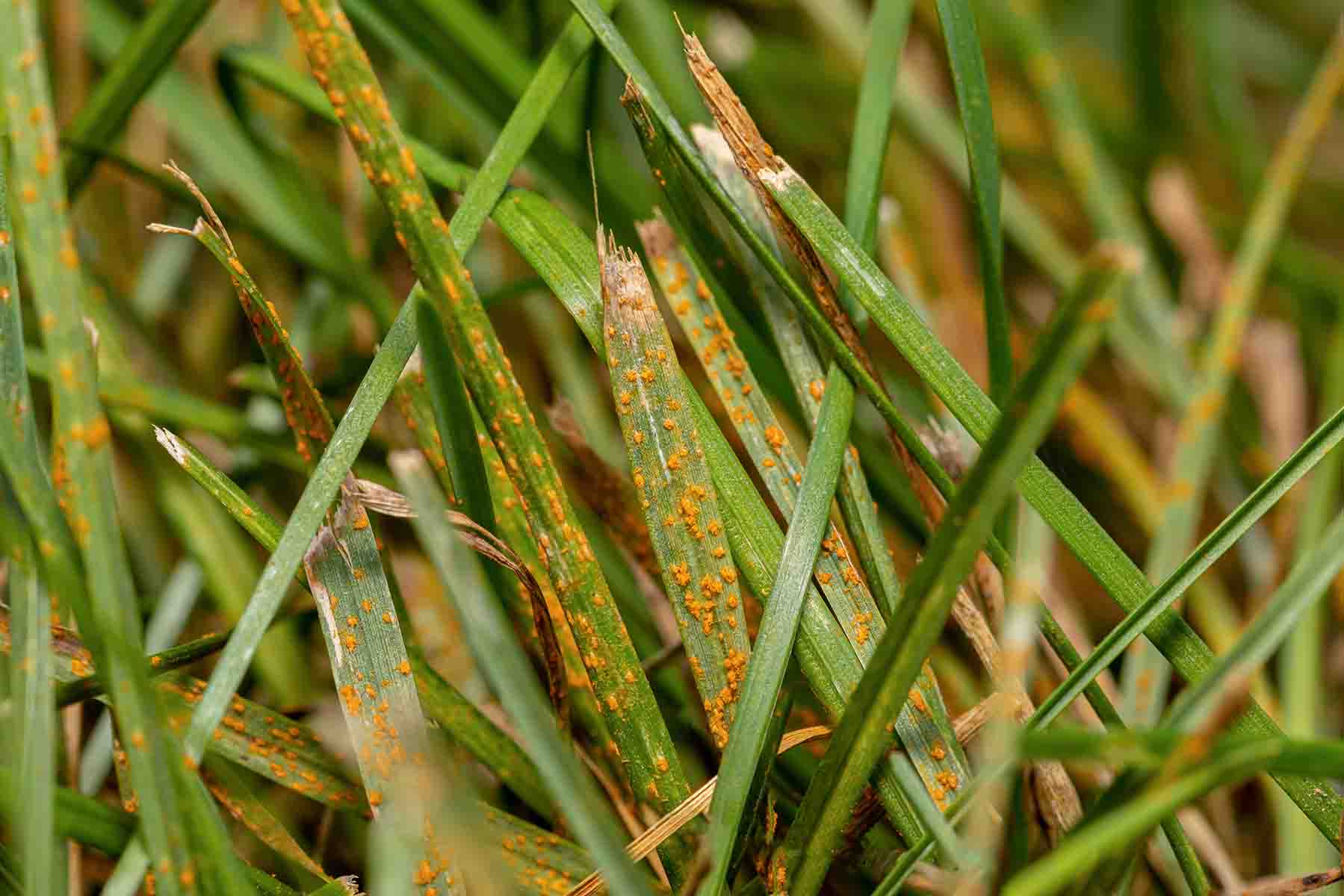

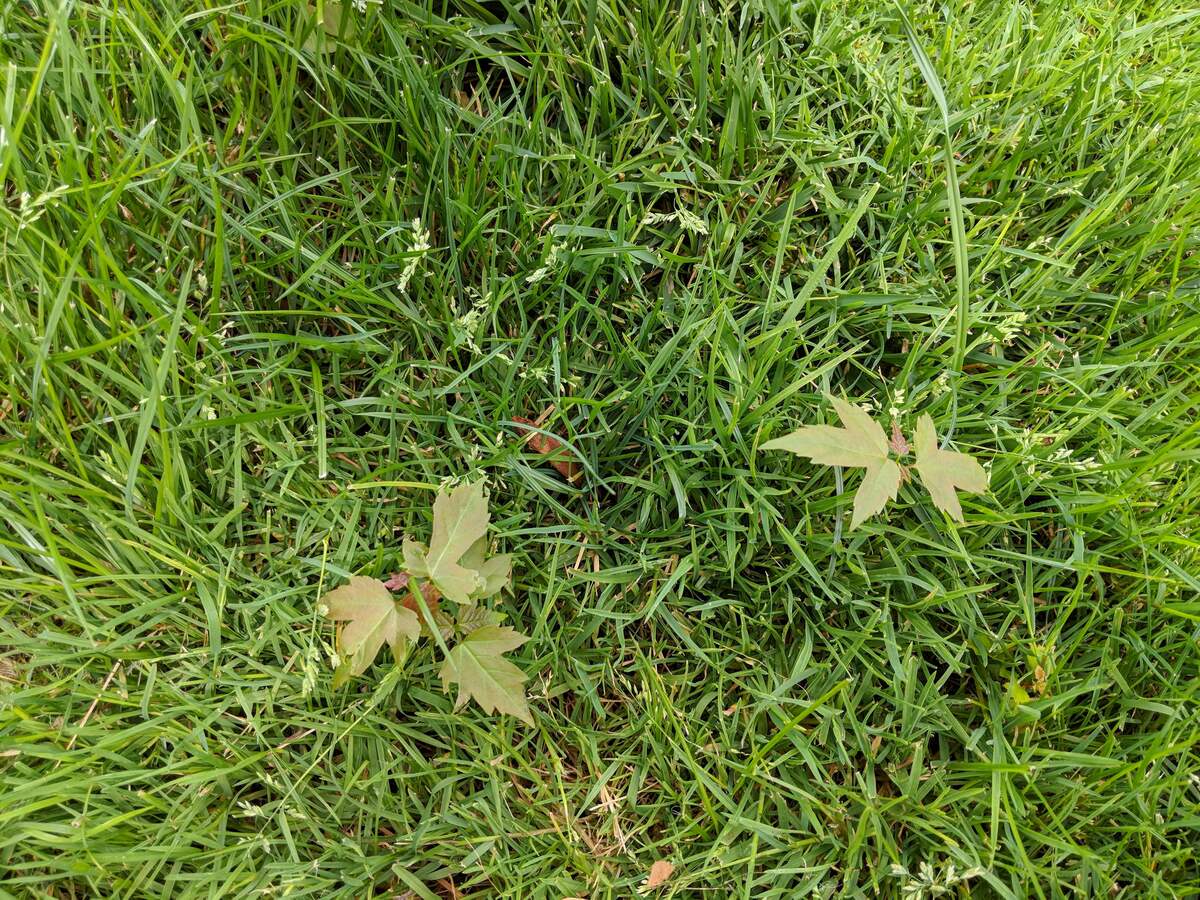
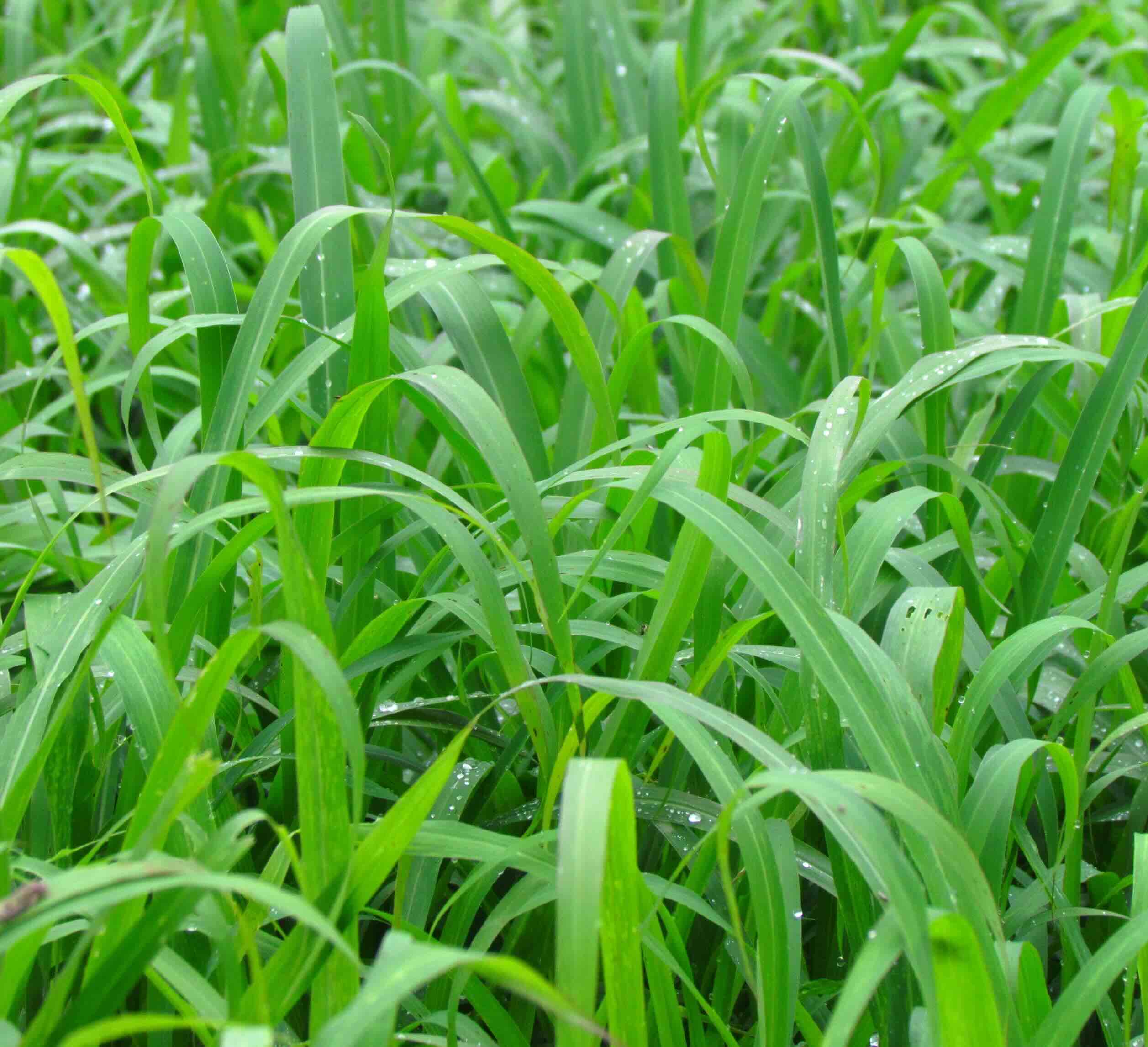
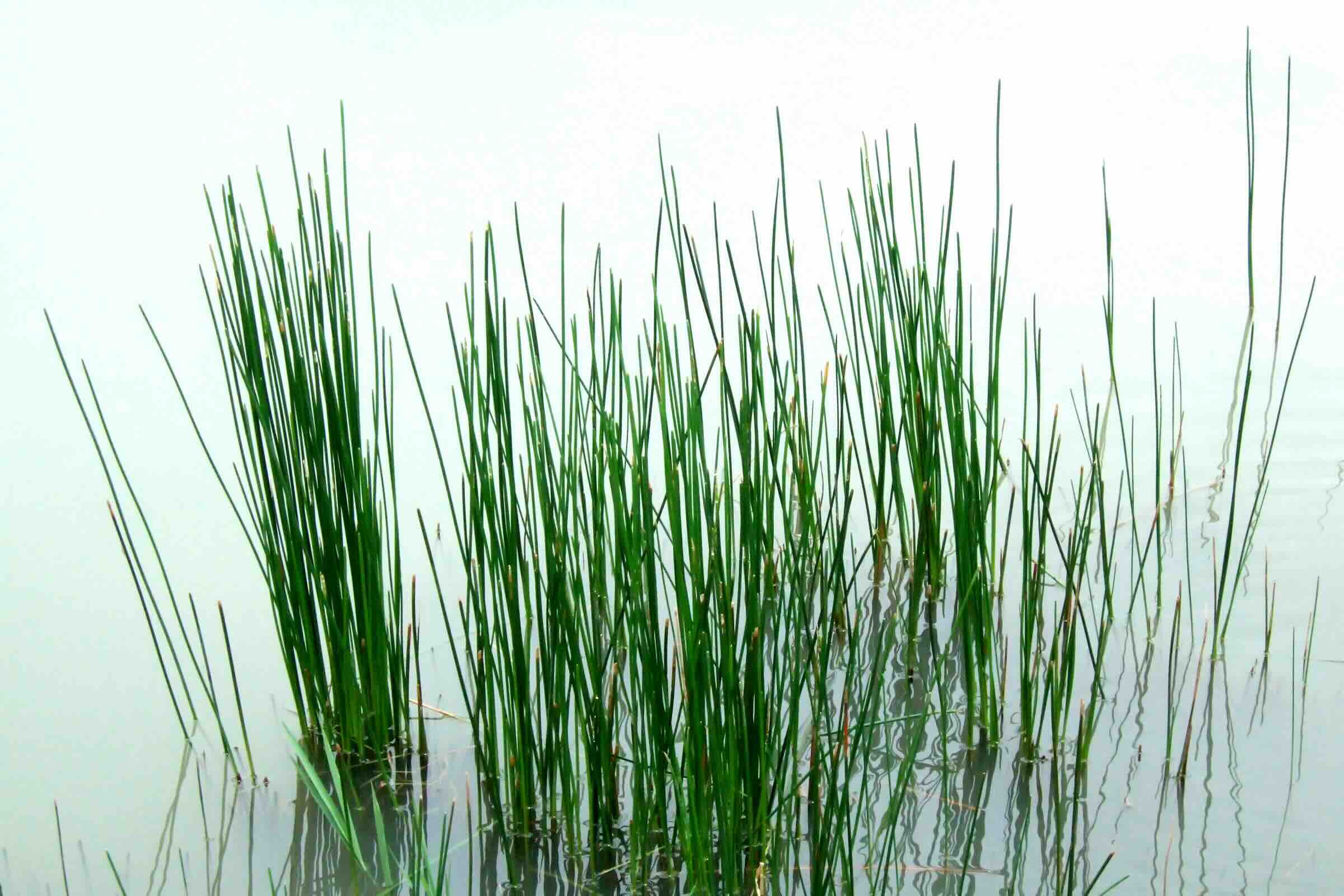
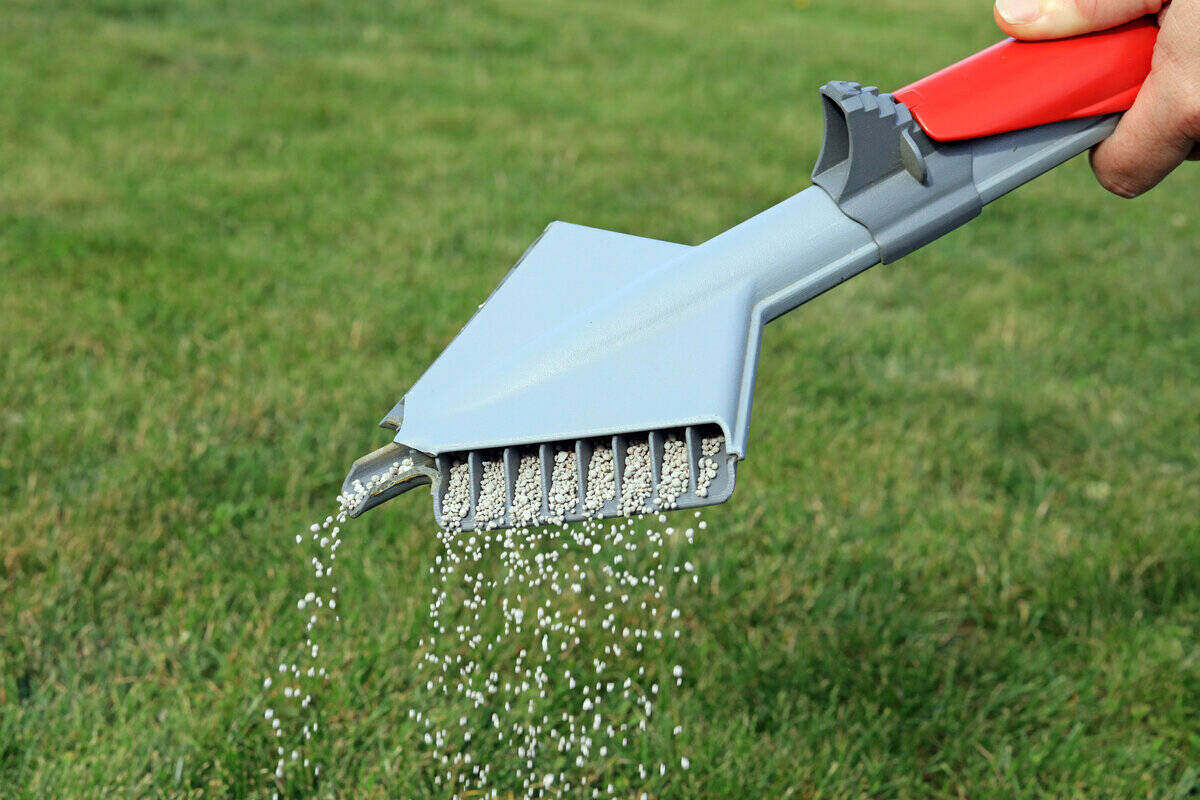

0 thoughts on “How To Get Rid Of Mowed Grass”